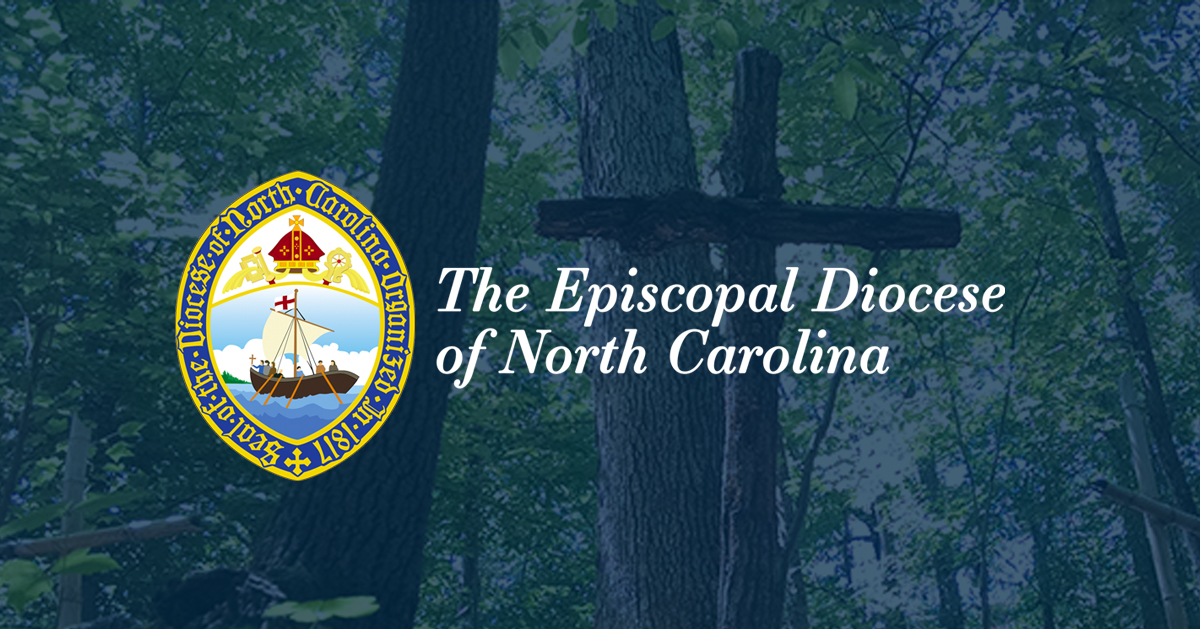CAMINANDO WITH JESUS: Are We Sadducees, too?

Pentecost 22, Proper 27 | November 10, 2019
By the Rev. Gus Chrysson
CAMINANDO WITH JESUS is a series of reflections on the Sunday Gospel by clergy and laity from across the Diocese.
Sign up to receive CAMINANDO WITH JESUS in your inbox each Wednesday.
Some Sadducees, those who say there is no resurrection, came to Jesus and asked him a question, "Teacher, Moses wrote for us that if a man's brother dies, leaving a wife but no children, the man shall marry the widow and raise up children for his brother. Now there were seven brothers; the first married, and died childless; then the second and the third married her, and so in the same way all seven died childless. Finally the woman also died. In the resurrection, therefore, whose wife will the woman be? For the seven had married her."
Jesus said to them, "Those who belong to this age marry and are given in marriage; but those who are considered worthy of a place in that age and in the resurrection from the dead neither marry nor are given in marriage. Indeed they cannot die anymore, because they are like angels and are children of God, being children of the resurrection. And the fact that the dead are raised Moses himself showed, in the story about the bush, where he speaks of the Lord as the God of Abraham, the God of Isaac, and the God of Jacob. Now he is God not of the dead, but of the living; for to him all of them are alive."
- Luke 19:1-10
The Sadducees were a group of people who enjoyed economic privilege in their society, belonging mostly to the aristocracy. Their practice of religion was one limited to the text of the Torah, but - at least according to scholars - was not particularly joyful like that of some of the other Jewish groups at the time. So, it is in this context that they arrive to test Jesus, hoping that he will feel cornered and ultimately concede that their view makes sense. As might be expected of the Eternal Word, Jesus knows just what to say.
The Christian life is filled with all sorts of realities; some are visible, tangible and obvious, while others are simply experiential and harder to perceive. At times, we might be tempted to elevate our perception to the level of ultimate reality, even creating a theological framework out of it that relies on what seems to be instead of what might be. Jesus goes all in for the second half of his explanation, connecting Moses and the Burning Bush to the big picture of life in God, who is still the God of Abraham even though Abraham’s earthly journey ended long ago. Resurrection, eternal life, timelessness - these are all features of a reality in which we participate but that we cannot immediately perceive due to our sensory limitations. If I were to hear any voice coming from a burning bush today, I cannot say with certainty that my faith would be the first motivator of a response; frankly, I might run away or reach for a bucket of water!
It is important that we do not see the Sadducees as the “bad guys” in this passage. They are engaging in a traditional form of discourse, and in some way they are working out their own doubts and fears by projecting a sense of security in their position. In what ways do we do this in our lives, seeking to test others as a way to protect our own insecurity? Fortunately, we can go to the one that the Sadducees went to, and he can remind us of both our individual limitations and our very real and mystical interconnectedness in the Body of Christ, which is eternal.
The Rev. Gus Chrysson, is assistant at the rector at St. Mary's, High Point.

Tags: Caminando with Jesus
